Arrival & History: Discovering the Ancient Builder of Machu Picchu
I remember the first time I saw Machu Picchu on a map — a little dot tucked deep in the folds of the Andes, as if the Earth itself was hiding a secret. I traced my finger along the green mountains of Peru, wondering who the ancient builder of Machu Picchu was and why they chose to create such a magnificent city in such an unreachable place.
The story of Machu Picchu, the “Lost City of the Incas,” has a magnetic pull. It’s not just about breathtaking views or perfect stone terraces — it’s a conversation between humankind and nature that has lasted for centuries.
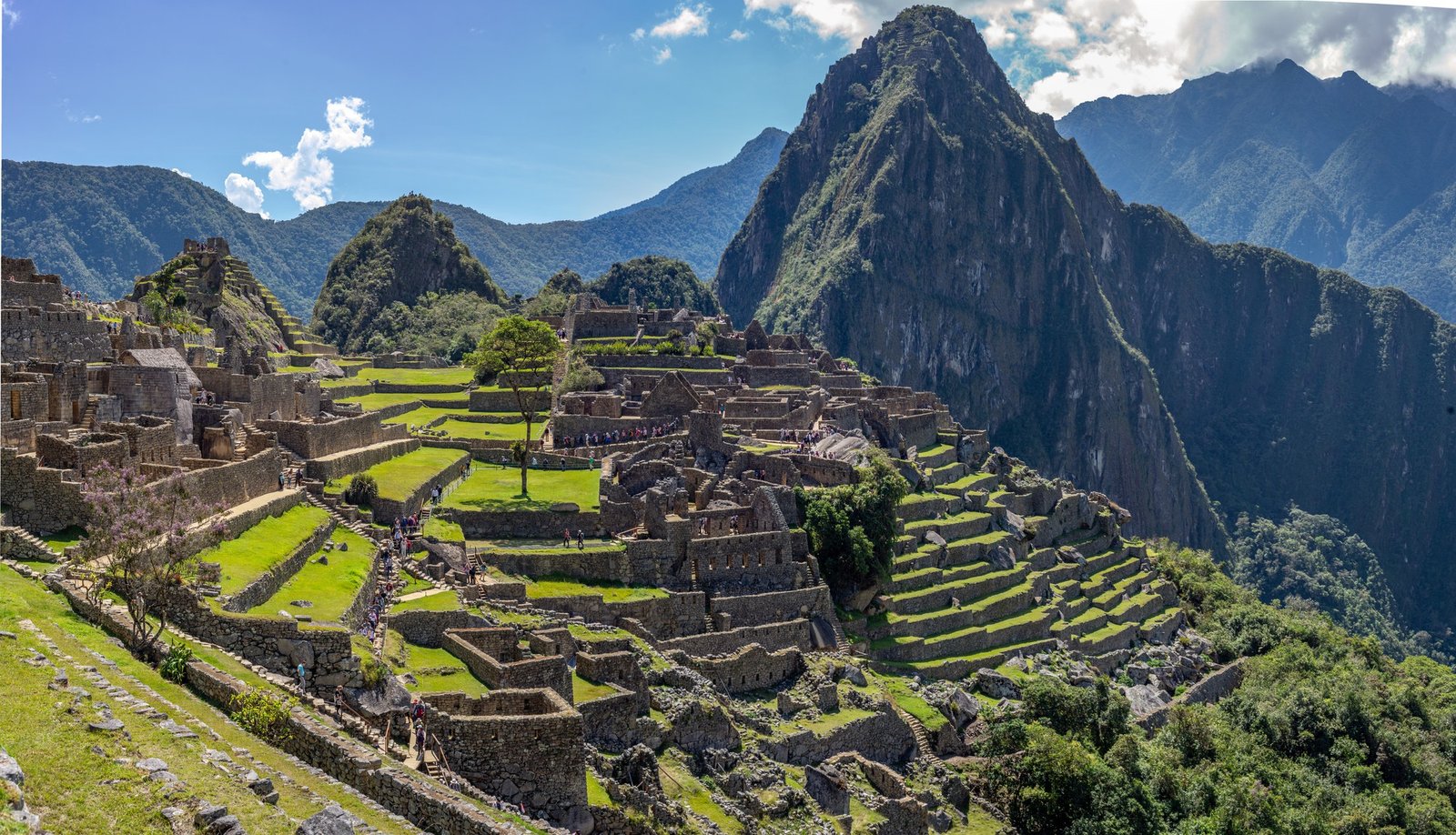
The Mystery of the Ancient Builder of Machu Picchu
Before standing at its gates, I tried to imagine the builder of Machu Picchu — the mind behind the perfect alignment of sun, mountain, and river. The Machu Picchu builder, often believed to be the Inca emperor Pachacuti, wasn’t just a king but a visionary architect of civilization. He and his engineers designed a city that could withstand earthquakes, manage water with intricate channels, and blend invisibly into the mountain landscape.
Historians still debate who created Machu Picchu — was it solely the work of Pachacuti, or a collective effort of Inca astronomers, artisans, and farmers who followed his vision? Whatever the truth, the spirit of its ancient builder still whispers through every Machu Picchu step.
A Glimpse Into the Past
Long before Spanish conquistadors arrived, Machu Picchu thrived in harmony with nature. It’s said the city was both a royal retreat and a spiritual center, where the Incas worshiped the sun and observed celestial events.
The layout is a marvel — agricultural terraces on one side, temples and residences on the other, all connected by narrow Machu Picchu stairs carved directly into the rock. The Machu Picchu pyramid–like temples were aligned with the sun’s movements, making it both a calendar and a sacred observatory.
Finding Machu Picchu on a Map
Before my trip, I studied Machu Picchu on a map like a treasure hunter. Hidden high above the Urubamba River valley, it looked impossibly remote. When I looked at the Peru Machu Picchu map, I realized how cleverly the Incas had chosen its location — surrounded by steep cliffs, lush greenery, and flowing waters.
Here’s a simple table that gives a snapshot of Machu Picchu’s location and travel details:
| Detail | Information |
| Country | Peru |
| Region | Cusco |
| Altitude | ~2,430 meters (7,970 ft) above sea level |
| Closest City | Aguas Calientes |
| Distance from Lima | Approx. 312 miles / 503 km |
| Shown On | All major Machu Picchu location maps and the Peru Machu Picchu map |
| Coordinates | 13.1631° S, 72.5450° W |
When you look at Machu Picchu on a map, it feels far away from everything. And that’s the magic — reaching it feels like traveling back in time.
How to Get to Machu Picchu from Lima
Getting to Machu Picchu is part of the adventure itself. I remember researching how to go to Machu Picchu from Lima and realizing it’s not a single-step journey — it’s a pilgrimage.
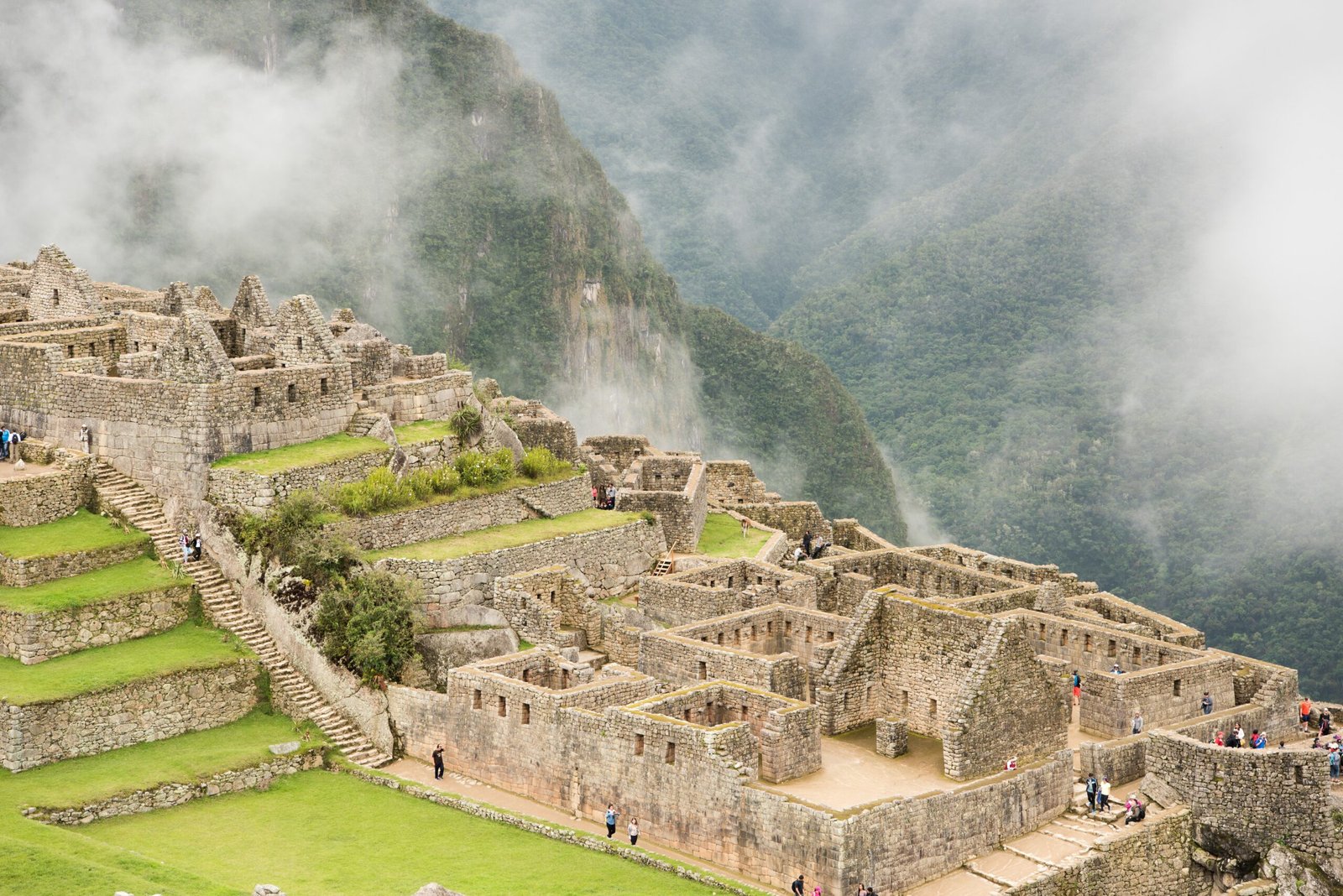
Here’s how it goes:
- Flight from Lima to Cusco – About 1 hour 20 minutes.
From Cusco to Ollantaytambo – A scenic 2-hour drive through the Sacred Valley.
- Train from Ollantaytambo to Aguas Calientes (Machu Picchu Pueblo) – Around 1.5 to 2 hours, with breathtaking river and mountain views.
- Shuttle from Aguas Calientes up to the Machu Picchu gates – 30 minutes of winding mountain roads.
So when people ask how far is Machu Picchu from Lima, the answer isn’t just about miles — it’s about the layers of landscapes and cultures you pass through on the way.
Personal Tip: The journey from Lima to Machu Picchu feels like climbing through centuries — from the coastal deserts to the green heartbeat of the Andes.
Climbing Machu Picchu: A Personal Encounter
When I finally arrived, standing at the base of the citadel, I felt the pull to climb higher. Climbing Machu Picchu isn’t just a physical challenge; it’s emotional. Each of the Machu Picchu steps felt like a heartbeat of history under my feet.
As I climbed toward the Sun Gate, I thought about how many generations had done the same — from the ancient builder of Machu Picchu to the explorers who rediscovered it centuries later. The stones were cool and smooth, shaped perfectly to fit each other without mortar.
If you’re planning the climb, here are a few things to keep in mind:
| Aspect | Details |
| Machu Picchu hike length | Around 2.5 miles (4 km) for the classic climb to the Sun Gate |
| How long does it take to hike Machu Picchu | 1.5 to 2 hours (moderate difficulty) |
| Best time to hike Machu Picchu | Early morning, between 6:00 a.m. and 9:00 a.m. |
| Altitude | Around 2,430 meters; some experience mild Machu Picchu altitude sickness |
| Preparation tip | Acclimate in Cusco for at least a day before hiking |
First Glimpse: Weather and Wonder
As dawn broke, I got my first clear view of the ruins. Mist rolled off the terraces, and the rising sun bathed everything in gold. I had checked the Machu Picchu weather by month before coming — October was mild and bright, with misty mornings and clear afternoons.
If you plan to visit during the rainy season, especially Machu Picchu in December or Machu Picchu in March, pack a poncho and waterproof boots. The weather adds mood — clouds drifting through the ruins make them even more mysterious.
Here’s a quick look at weather at Machu Picchu by month:
| Month | Average Temp (°C) | Weather Notes |
| January – March | 18–25°C | Rainy season, lush greenery, misty views |
| April – June | 16–24°C | Dry, clear skies, great for photography |
| July – September | 14–23°C | Cool, busiest tourist months |
| October – December | 17–26°C | Warm, occasional showers, vibrant landscapes |
Even weather at Machu Picchu in October was perfect for exploration — cool in the morning, sunny by midday, and misty again at sunset. The changing light made every photo magical. (If you love photography, bring a list of Machu Picchu photo ideas — from sunrise shots to stairway angles.)
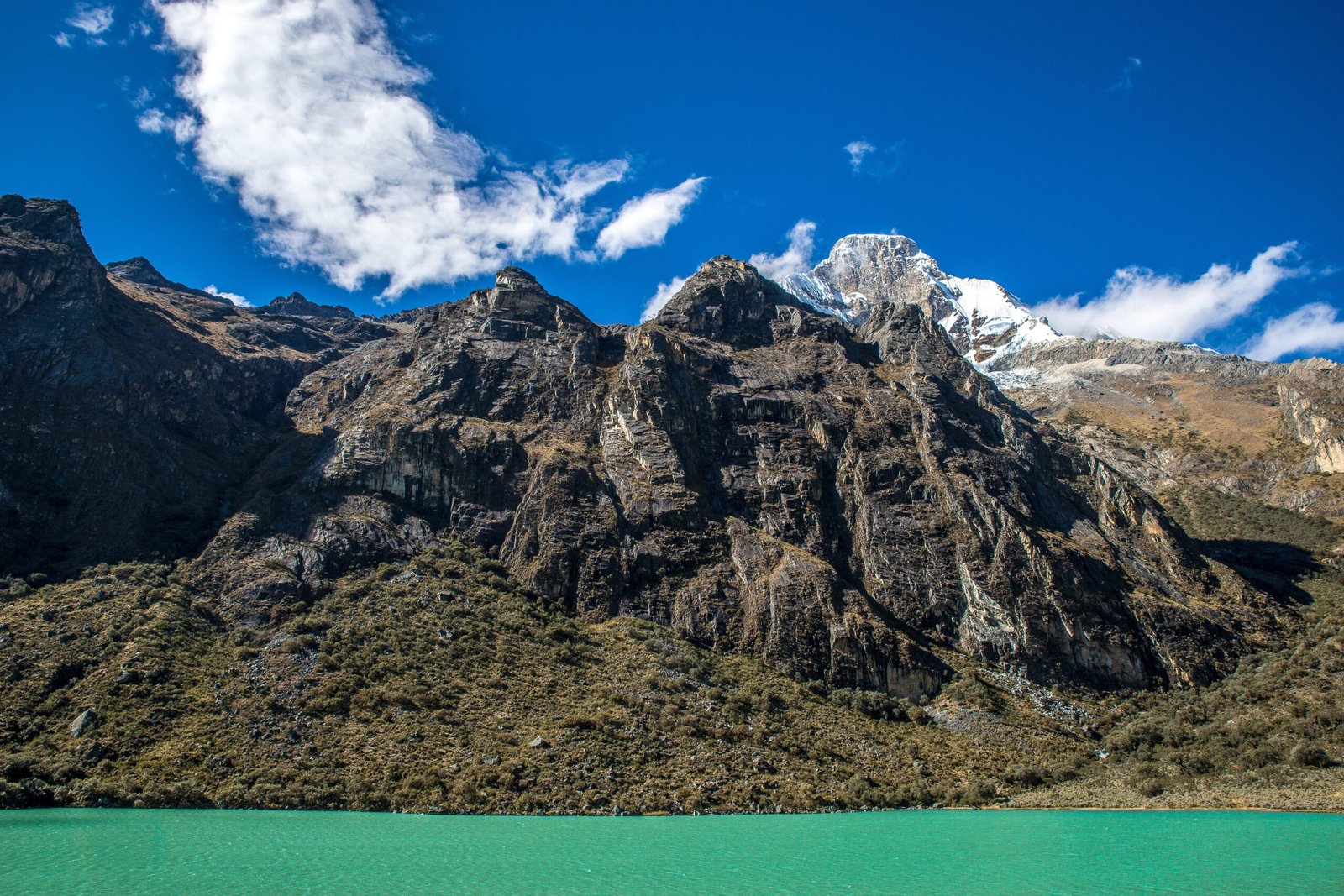
The First Evening
By sunset, I was exhausted but exhilarated. Sitting near the edge of the terraces, sipping a local Machu Picchu drink made from coca leaves, I watched the sun dip behind Huayna Picchu. I thought about the Machu Picchu builder, the ancient builders of Machu Picchu, and how their genius continues to inspire travelers from around the world.
The mountain seemed alive — breathing, whispering, remembering. And as the sky turned lavender, I knew this was more than a destination. It was a living poem carved in stone.
Geography, Maps & Getting There
Tracing Machu Picchu on the Map
If you’ve ever looked at Machu Picchu on a map, you might think it’s just another mountain in Peru. But the truth is far more extraordinary. The citadel is perched atop a ridge between Huayna Picchu and Machu Picchu Mountain, overlooking the meandering Urubamba River below.
Looking at a Peru Machu Picchu map, the isolation becomes clear — there are no nearby highways, no direct roads from major cities, only steep valleys and trails carved centuries ago. The location is not just strategic; it’s almost spiritual. The Inca believed the site mirrored cosmic energies — the sun, mountains, and rivers all perfectly aligned.
| Feature | Detail |
| Coordinates | 13.1631° S, 72.5450° W |
| Altitude | ~2,430 m (7,970 ft) |
| Nearby River | Urubamba River |
| Mountain Peaks | Huayna Picchu, Machu Picchu Mountain |
| Region | Cusco, Peru |
| Shown On | Machu Picchu location map, Peru Machu Picchu map |
Studying Machu Picchu on map layouts helped me plan my visit. I realized that every route — whether from Lima, Cusco, or Aguas Calientes — offers unique scenery, from river valleys to cloud forests, making the journey part of the adventure.
How to Get to Machu Picchu from Lima
Travelers often ask, “How to get to Machu Picchu from Lima?” or “How to go to Machu Picchu from Cusco?” The truth is, it’s a multi-step journey that blends air, rail, and foot.
Step 1: Flight Lima → Cusco
- Flight time: ~1 hour 15 minutes
- I flew early morning to catch the Andes’ sunrise from above. Clouds spilled over peaks like silk, and every turn made me more excited to trace the steps of the ancient builder of Machu Picchu.
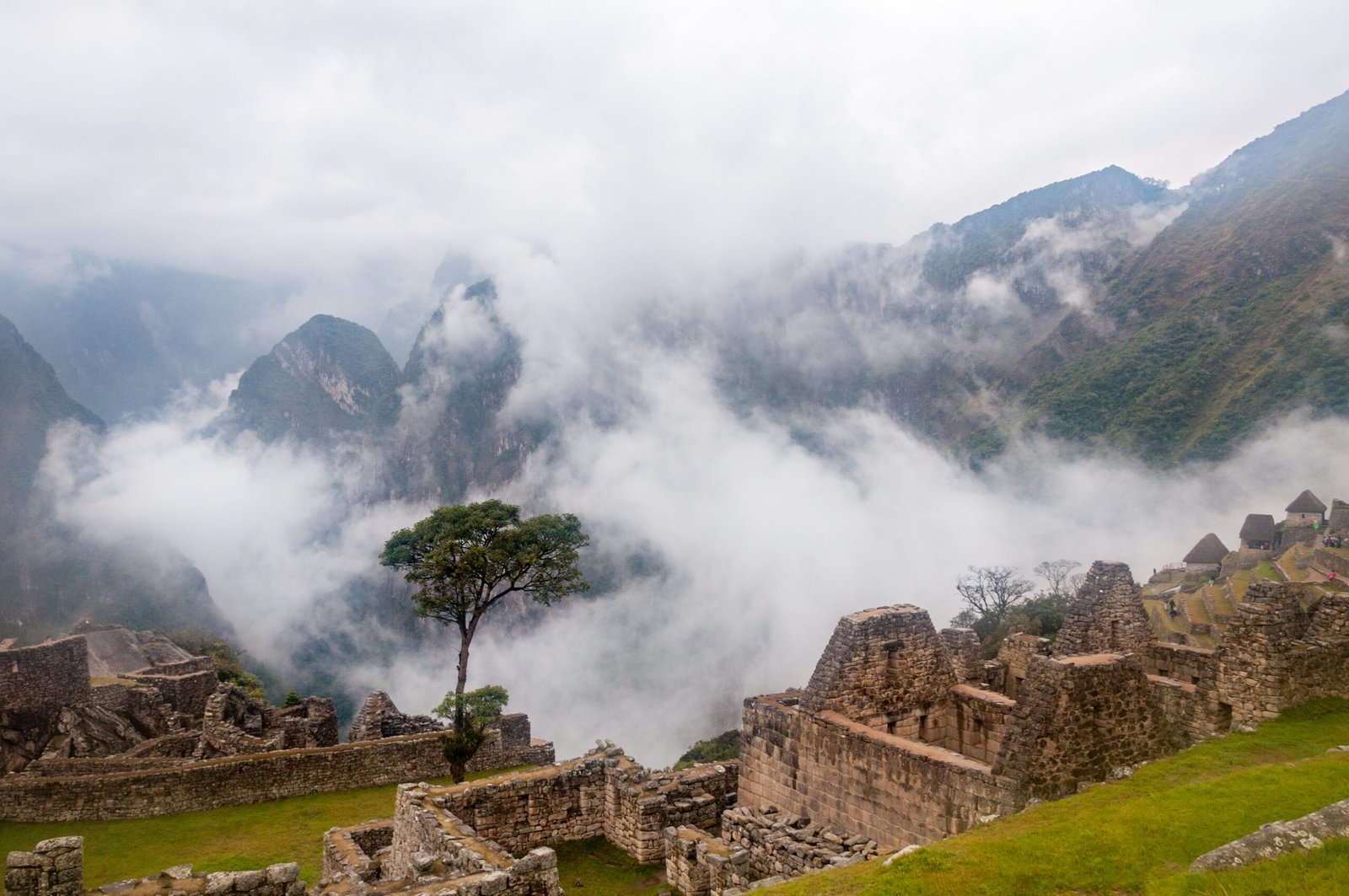
Step 2: Cusco → Ollantaytambo
- Mode: Car or train
- Duration: ~2 hours
- The Sacred Valley’s villages and terraces unfold like a living museum. Every mile reveals terraces built centuries ago, a testament to the Machu Picchu builder and his vision of harmony with nature.
Step 3: Ollantaytambo → Aguas Calientes
- Mode: PeruRail or Inca Rail
- Duration: ~1.5–2 hours
- The train ride feels magical. You follow the Urubamba River as it snakes past mountains, waterfalls, and clouds. Seeing Machu Picchu from Lima via this layered journey transforms the abstract dot on a Machu Picchu location map into a living, breathing destination.
Step 4: Aguas Calientes → Machu Picchu
- Options: Shuttle bus or hiking
- Duration: 25–90 minutes
- Hiking gives a visceral sense of elevation and history, following trails likely used by the ancient builders of Machu Picchu themselves. Every step on the Machu Picchu stairs connects you to centuries of human ingenuity.
Hiking Machu Picchu – The Trails
Once at the entrance, the choice is yours: climb Machu Picchu Mountain, hike to the Sun Gate, or simply explore the ruins. Each path offers a different perspective of the Machu Picchu pyramid structures, terraces, and temples.
| Trail | Distance | Duration | Highlights |
| Sun Gate | ~2.5 km | 1.5–2 hrs | Iconic sunrise view, first glimpse of ruins |
| Machu Picchu Mountain Hike | 2 km steep climb | 1.5–2 hrs | Bird’s-eye view of citadel and terraces |
| Inca Trail (Classic) | 43 km | 4 days | Authentic ancient path with ruins en route |
| Short Inca Trail | 10 km | 1 day | Accessible for day visitors, stunning scenery |
I took the Sun Gate route first. Watching Machu Picchu from Lima transform from a concept on a Peru Machu Picchu map to a tangible reality was surreal. Each Machu Picchu step became a connection to the ancient builder of Machu Picchu, whose vision is etched into every stone.
Distances & Travel Times
Many travelers ask, “How far is Machu Picchu from Lima?” or “How long does it take to hike Machu Picchu?” Here’s a quick reference:
| Route | Distance | Typical Duration |
| Lima → Cusco (flight) | 503 km | 1 hr 15 min |
| Cusco → Ollantaytambo (drive) | 72 km | 2 hrs |
| Ollantaytambo → Aguas Calientes (train) | 65 km | 1.5–2 hrs |
| Aguas Calientes → Machu Picchu (bus) | 8 km | 25–30 min |
| Aguas Calientes → Machu Picchu (hike) | 5 km | 1–1.5 hrs |
This table helped me plan day-to-day Machu Picchu logistics and ensure I was ready for the Machu Picchu hike length and altitude challenges.
Weather Considerations on the Route
The Machu Picchu weather by month is crucial for planning, especially if you want to hike or capture photographs. I learned that the region has two main seasons: the wet season (Nov–Mar) and the dry season (Apr–Oct).
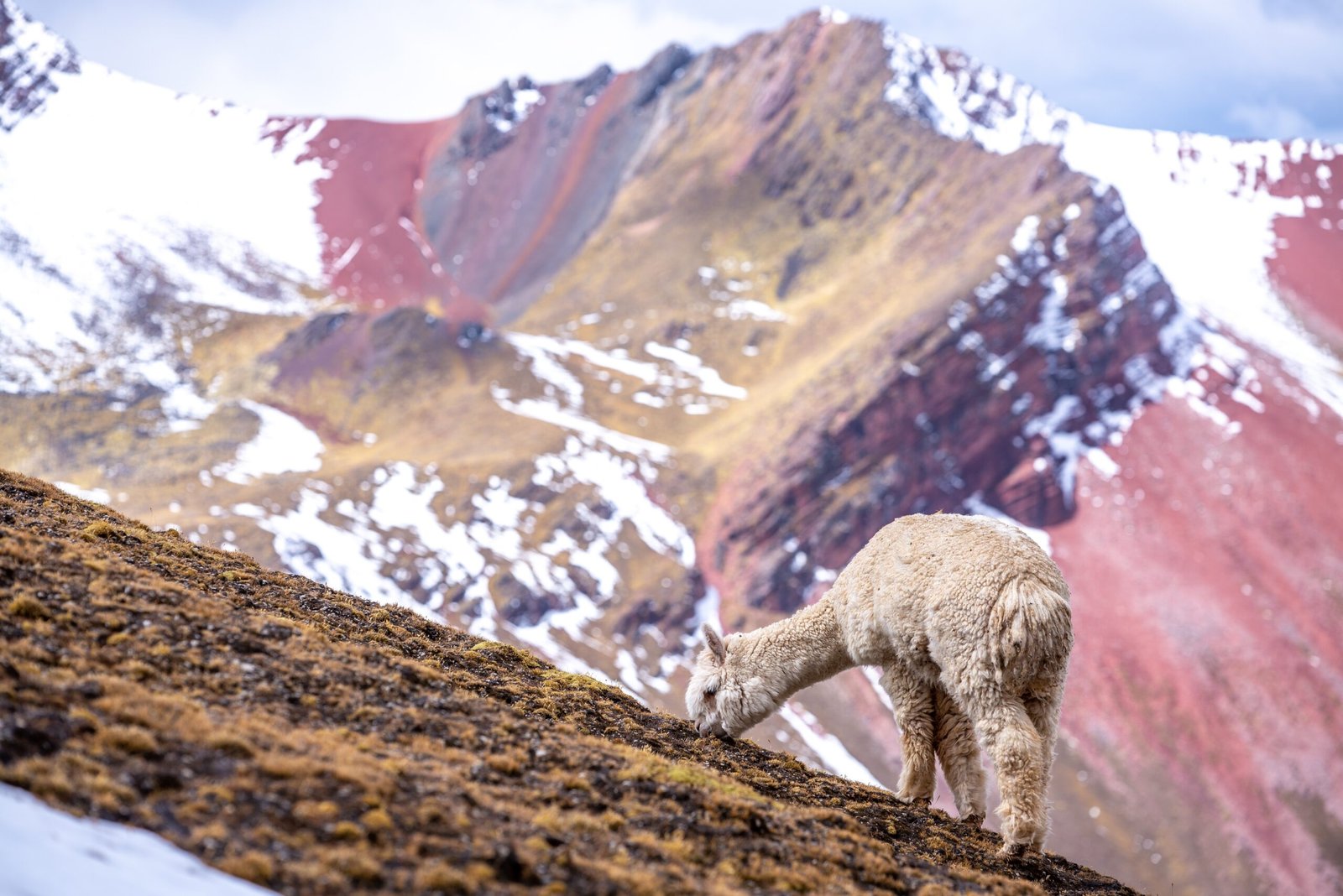
- Wet Season: Trails can be slippery; Machu Picchu altitude sickness risk is slightly higher.
- Dry Season: Clear skies, better photography, easier hiking. Best time to hike Machu Picchu is during these months.
| Month | Weather Notes | Tip |
| January – March | Rainy, lush greenery | Bring waterproof gear |
| April – June | Mild, mostly sunny | Ideal for Machu Picchu photo ideas |
| July – September | Peak dry, crowded | Book last minute Machu Picchu tickets early |
| October – December | Warm, occasional showers | Mystical clouds over terraces |
I traveled in October, when weather at Machu Picchu in October gave me soft light for photography and misty mornings that made every corner feel magical.
Planning the Approach
Before the trip, I also researched how to go to Machu Picchu from Lima and from Cusco, and I realized something: the journey is as important as the destination. Every bus, train, and trail step brings you closer to understanding the genius of the Machu Picchu builder.
Some tips I learned along the way:
- Acclimate in Cusco: Spend a day or two adjusting to altitude to prevent Machu Picchu altitude sickness.
- Book last-minute Machu Picchu tickets online if you can; slots fill fast during peak season.
- Travel light: Hiking trails, Machu Picchu stairs, and mountain paths require mobility.
- Capture Machu Picchu photo ideas: Sunrise, terraces, Huayna Picchu, and Machu Picchu pyramid silhouettes.
Arrival at the Gates
Finally, after all trains, buses, and climbs, I arrived at the entrance to Machu Picchu. Standing there, I felt a mixture of awe and humility. The ancient builder of Machu Picchu had created something eternal — a city that seems alive, breathing through every stone, Machu Picchu step, and terrace.
From the gates, you see the city sprawled across the ridge, the Machu Picchu mountain hike looming in the background, and the Urubamba River curling below like a silver snake. You realize: no map, no description, no photograph can fully capture it.
Climbing, Hiking & Altitude Challenges
Climbing Machu Picchu: A Personal Journey
The moment I decided to climb Machu Picchu Mountain, I knew it would be one of the most physically demanding yet spiritually rewarding experiences of my life. Climbing Machu Picchu isn’t just a hike; it’s a journey into history, culture, and natural beauty. Every Machu Picchu step tells a story of the ancient builder of Machu Picchu, whose vision has survived centuries of wind, rain, and earthquakes.
Even before starting, I thought about how long does it take to hike Machu Picchu and how long is the hike to Machu Picchu. On average, the Machu Picchu hike length is around 2–3 kilometers for the main mountain path, steep and full of switchbacks. But the physical exertion is rewarded with views you’ll never forget.
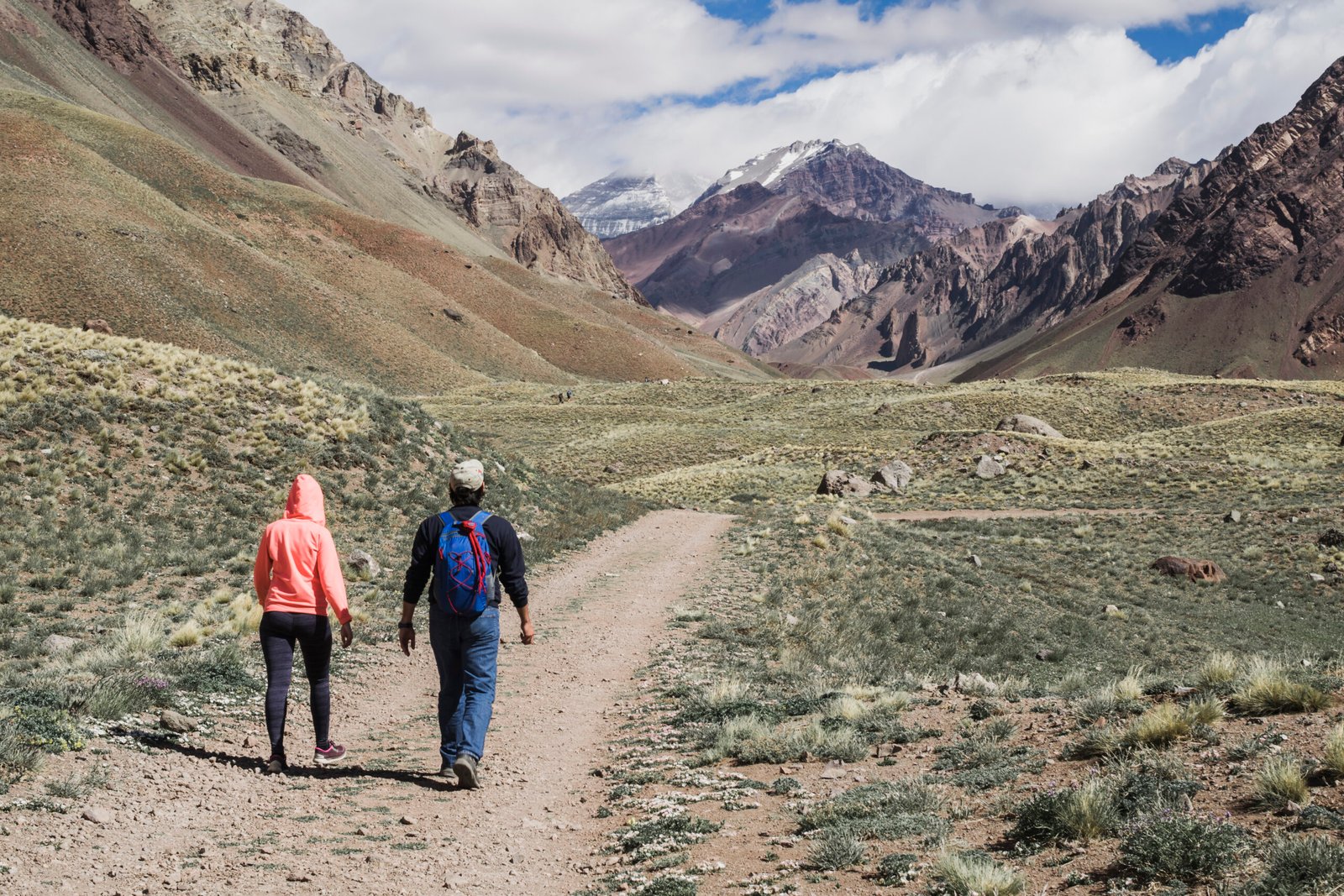
Trail Options & Hike Lengths
There are several ways to climb Machu Picchu, each with its own challenges and rewards. Here’s a detailed breakdown:
| Trail | Distance | Duration | Difficulty | Highlights |
| Sun Gate | 2.5 km | 1.5–2 hrs | Moderate | First sunrise view of the citadel |
| Machu Picchu Mountain Hike | 2 km steep climb | 1.5–2 hrs | Strenuous | Panoramic view of terraces and ruins |
| Inca Trail (Classic) | 43 km | 4 days | Moderate–Strenuous | Historical trail with other ruins along the way |
| Short Inca Trail | 10 km | 1 day | Moderate | Ideal for time-limited visitors |
| Huayna Picchu | 1.5 km steep climb | 1–2 hrs | Strenuous | Iconic tower-like view behind the citadel |
Climbing Machu Picchu gave me a deeper understanding of why the Machu Picchu builder designed this city with terraces, ramps, and stairways. Every path has purpose — some for defense, some for agriculture, and some for spiritual alignment.
Coping with Machu Picchu Altitude Sickness
The citadel sits at ~2,430 meters (7,970 feet) above sea level, and the Machu Picchu altitude sickness is real. I experienced light dizziness during my climb, especially on steep sections of the Machu Picchu stairs.
Here’s what worked for me:
- Acclimatize in Cusco: Spend 1–2 days before hiking.
- Hydrate constantly: Small sips of water keep headaches away.
- Coca tea: A traditional Machu Picchu drink, perfect for altitude relief.
- Pace yourself: Stop at scenic overlooks and breathe deeply.
- Snacks: Carry light, high-energy snacks to keep your strength up.
Even seasoned hikers should respect the altitude — the air is thinner, making every Machu Picchu step a challenge but also a triumph.
Sunrise & Photo Opportunities
One of the most magical experiences is hiking to the Sun Gate for sunrise. Arriving early, you see the ruins slowly emerge from the morning mist — a sight only partially captured on any Machu Picchu photo ideas list.
Tips for capturing the best photos:
- Terrace shots at sunrise: Mist weaving through the terraces creates a mystical effect.
- Machu Picchu pyramid silhouette: Capture the temples against the morning sun.
- Hiking perspectives: Trails offer dynamic angles of the entire citadel.
- Incorporate flora and llamas: Adds life and scale to your photos.
The best time to hike Machu Picchu for photography is early morning or late afternoon when the shadows highlight the contours of the terraces.
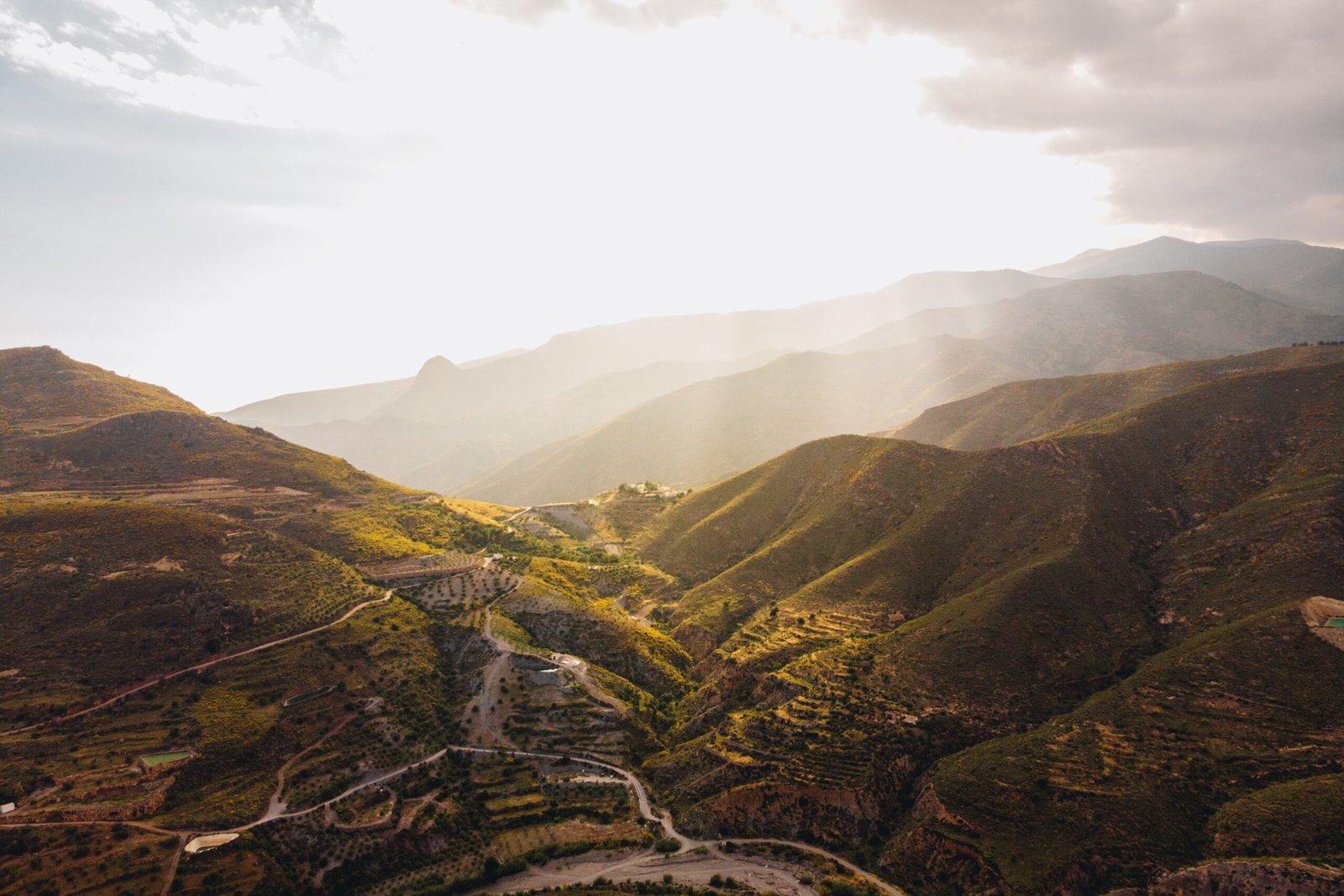
Exploring Machu Picchu Attractions
Once you’re at the top, there’s more than climbing to enjoy. The site is full of fascinating attractions that connect directly to the ancient builders of Machu Picchu:
- Temple of the Sun: Aligned with solstices; built with perfect stone fitting.
- Room of the Three Windows: Iconic photo spot overlooking the Sacred Valley.
- Intihuatana Stone: Believed to be an astronomical sundial.
- Terraces of Agriculture: Ingenious design for water drainage and farming.
- Machu Picchu stairs: Ancient stairways leading through terraces and temples.
Each Machu Picchu attraction offers insight into the Inca’s mastery of architecture and astronomy.
Personal Reflections on the Climb
The climb was exhausting, yet exhilarating. Each Machu Picchu step I ascended felt like a dialogue with history. I imagined the Machu Picchu builder walking these same stones, checking terraces, aligning temples with the sun, and planning a city that would withstand centuries.
At the top of Machu Picchu Mountain, I stood breathless. The citadel sprawled below like a living painting, clouds weaving between stone terraces and Machu Picchu pyramid peaks. I realized climbing Machu Picchu is about more than exercise — it’s about connecting with ingenuity, spirituality, and nature.
Alternative Hiking Routes
For those seeking more adventure:
- Huayna Picchu: Steep and challenging; offers a tower-like view of the citadel.
- Inca Trail (Classic): A 4-day trek ending at Machu Picchu — combines history, culture, and landscape.
- Short Inca Trail: Ideal for those who want a single-day experience with ruins along the way.
These paths show how the Machu Picchu builder carefully integrated human habitation with the natural landscape — no step is random.
Seasonal Climbing Considerations
The Machu Picchu weather by month impacts your climb:
| Month | Best Hiking Advice | Notes |
| January – March | Wear waterproof gear | Rainy season, lush greenery |
| April – June | Ideal | Clear skies, less crowded trails |
| July – September | Busy | Dry, sunny, great for photos, book last minute Machu Picchu tickets early |
| October – December | Mild, mystical | Slight showers, perfect for Machu Picchu photo ideas |
I found Machu Picchu in December particularly enchanting. Misty mornings, terraces disappearing into clouds — it felt like climbing through history itself.
Embracing the Experience
Climbing Machu Picchu isn’t just physical. Every step, every overlook, every breath of high-altitude air connects you to the vision of the ancient builder of Machu Picchu. The city’s terraces, temples, and Machu Picchu Peru stairs tell stories of astronomy, agriculture, and spirituality.
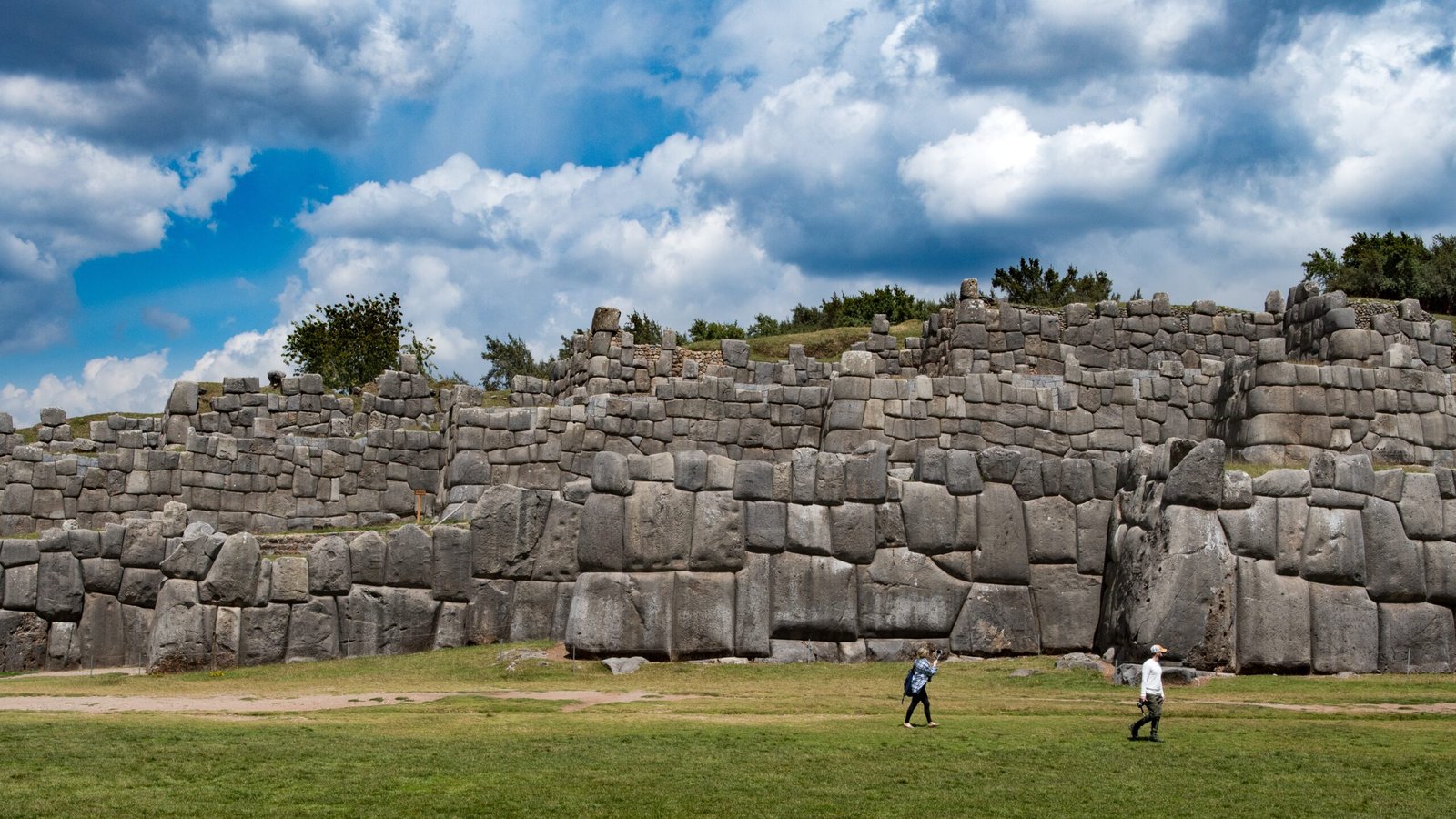
By the time I reached the summit of Machu Picchu Mountain, I felt a profound sense of awe. I was no longer just a visitor — I was part of a continuum stretching back to the Machu Picchu builder himself, and forward to all travelers who will follow these steps.
Culture, Food & Local Experiences
A Taste of History: Machu Picchu Drink & Local Flavors
After climbing the Machu Picchu stairs and exploring terraces, I needed a pause. One of the first things I tried was a traditional Machu Picchu drink made from coca leaves. It’s an ancient remedy for Machu Picchu altitude sickness, lightly bitter but warming, perfect for taking in the Andean air.
The town of Aguas Calientes, at the base of Machu Picchu, offers a variety of local cuisine. Sampling dishes inspired by the Inca era made me feel connected to the ancient builder of Machu Picchu. Quinoa soups, roasted potatoes, and corn-based treats filled me with energy for the next climb.
Tip: Don’t miss trying local snacks while hiking. They keep your stamina up for the Machu Picchu mountain hike and are a delicious way to taste the culture.
Things to Do in Machu Picchu
Exploring Machu Picchu isn’t just about climbing. There are countless things to do in Machu Picchu for those who want a richer experience:
- Explore the Terraces: Walk along the agricultural terraces and imagine the Machu Picchu builder designing them to withstand erosion.
- Visit the Temple of the Sun: Aligns with solstices, showing Inca mastery of astronomy.
- Climb Huayna Picchu: Challenging but offers a bird’s-eye view of the citadel.
- Discover the Intihuatana Stone: Believed to be an astronomical sundial.
- Photography: Try Machu Picchu photo ideas from sunrise, terraces, and temple angles.
Every activity is an opportunity to connect with the genius of the ancient builder of Machu Picchu.
Photography Tips: Capturing the Magic
Machu Picchu is one of the most photographed places in the world. But to capture its true essence, I recommend thinking beyond standard shots:
- Sunrise over terraces: Mist weaving through ruins creates a magical effect.
- From the top of Machu Picchu Mountain: Wide-angle view of the city below.
- Temple close-ups: Detail shots of stonework reveal the skill of the Machu Picchu builder.
- Llamas and llamas: Include the friendly llamas roaming terraces for scale and charm.
- Machu Picchu pyramid angles: Perfect for capturing the iconic temple structures.
Tip: Early morning is ideal for soft light and fewer crowds. Sunset offers dramatic shadows over terraces.
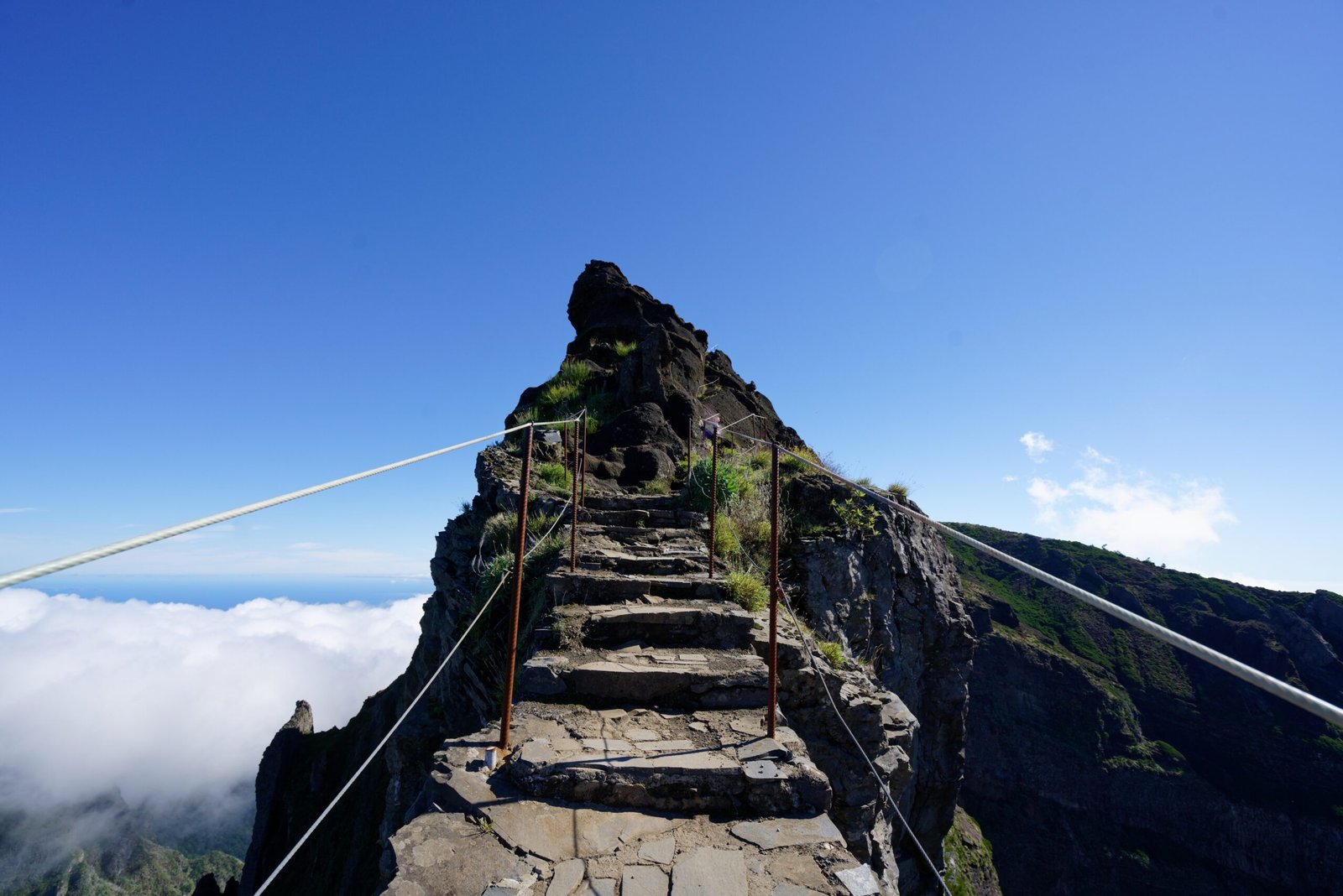
Beyond the Ruins: Surrounding Cultural Experiences
While Machu Picchu itself is the star, the surrounding areas enrich the journey:
- Aguas Calientes: Bustling town at the mountain’s base, perfect for sampling Machu Picchu drinks, local crafts, and souvenirs.
- Sacred Valley Tours: Discover Pisac and Ollantaytambo ruins — connected historically to the ancient builders of Machu Picchu.
- Local Markets: Vibrant stalls selling handwoven textiles, pottery, and traditional foods.
Immersing myself in these experiences made me feel like part of the living culture that the Machu Picchu builder once walked among.
Seasonal Activities and Advice
Depending on when you visit, activities at Machu Picchu can vary:
| Month | Activities | Tips |
| January – March | Misty hikes, lush terraces | Wear waterproof clothing, trails may be slippery |
| April – June | Dry season, clear skies | Best for Machu Picchu photo ideas |
| July – September | Peak season, crowded | Book last minute Machu Picchu tickets early, explore Machu Picchu attractions |
| October – December | Mild, mystical | Good for sunset photos, enjoy less crowded trails |
I visited in October, and every activity — from walking terraces to sipping Machu Picchu drinks — felt magical under the morning mist.
Hiking Options and Exploration
The Machu Picchu hike length varies depending on the route:
- Sun Gate: ~2.5 km, easy-moderate, great sunrise views.
- Huayna Picchu: Steep, ~1.5 km, challenging but iconic.
- Machu Picchu Mountain Hike: ~2 km steep, panoramic views of the citadel and surrounding valley.
Each trail allows you to experience the genius of the Machu Picchu builder firsthand, from terraces to temples.
Connecting With the Ancient Builder of Machu Picchu
As I wandered among terraces, temples, and stairways, I felt a deep connection to the ancient builder of Machu Picchu. Walking the Machu Picchu stairs, standing before the Machu Picchu pyramid, and gazing across the valleys, it’s impossible not to feel a sense of awe and reverence.
I imagined the builders — artisans, engineers, farmers — whose hands shaped stone without mortar, creating a city that aligns perfectly with the sun, stars, and mountains. The ingenuity of the Machu Picchu builder is evident in every structure, every step, every water channel.
Experiencing Machu Picchu at Dawn and Dusk
There’s something mystical about seeing Machu Picchu at different times of the day:
- Sunrise: Mist curls around terraces; the citadel emerges slowly like a dream.
- Midday: Clear light reveals intricate stonework and terraces in full detail.
- Sunset: Shadows play across temples and stairways, perfect for dramatic photos.
Each visit is unique, and timing your hikes and explorations can dramatically change your perspective on the ancient builder of Machu Picchu’s genius.
Cultural Reflections
By the end of my day exploring Machu Picchu, I realized it’s more than a hike or a historical site. It’s a testament to the vision and skill of the ancient builders of Machu Picchu, who merged architecture, astronomy, and spirituality into a living city.
Machu Picchu is alive — in the wind that moves through terraces, in the stone steps, in the rivers below, and in the hearts of travelers. Every Machu Picchu step, every terrace, and every Machu Picchu attraction tells a story — a story of resilience, intelligence, and beauty.
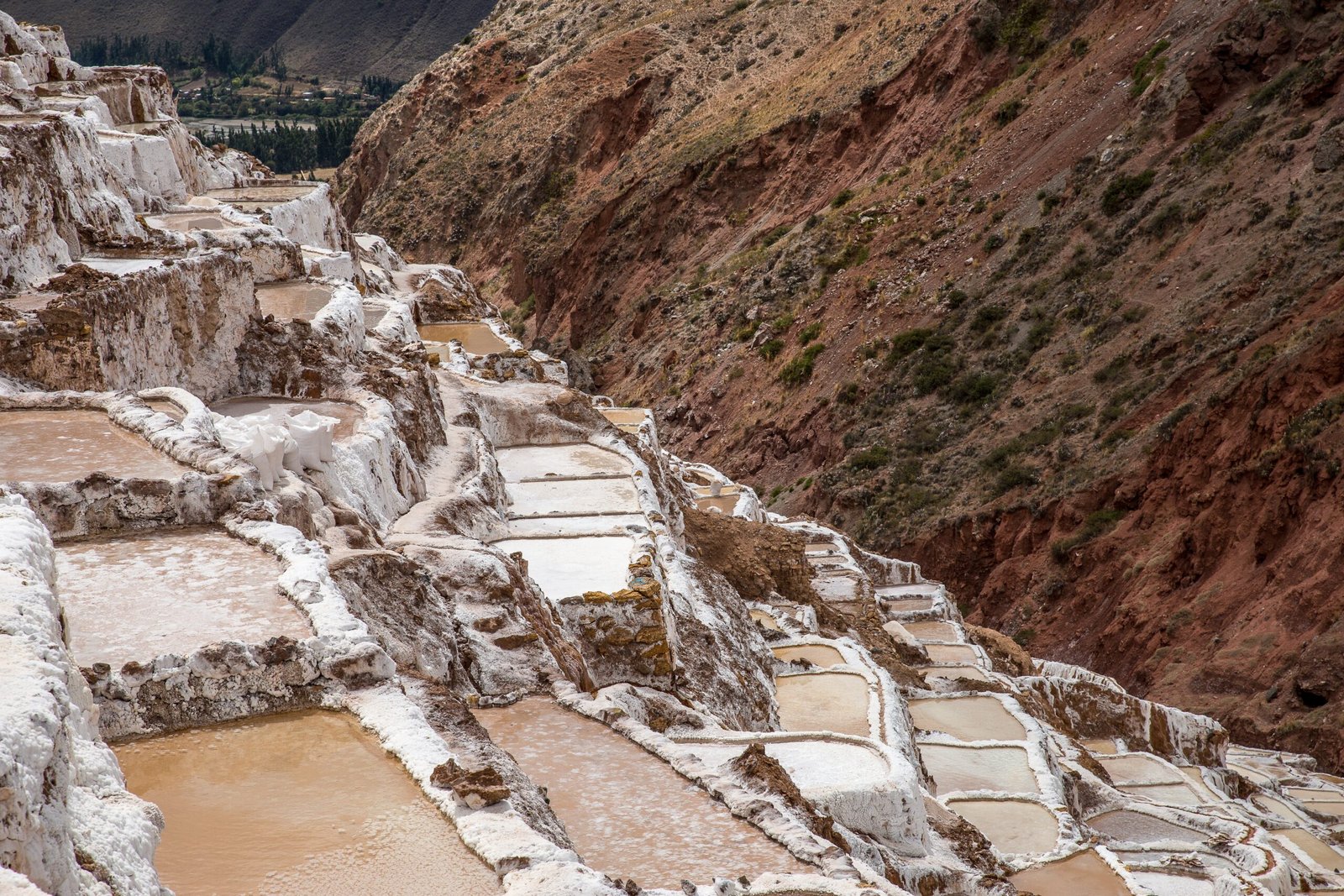
Seasons, Tips & Reflections
Visiting Machu Picchu in Different Months
Choosing the right time to visit can transform your experience. The Machu Picchu weather by month guides your decisions for hiking, photography, and avoiding crowds.
- Machu Picchu in March: Tail end of the rainy season. Lush greenery everywhere, but trails can be slippery. Early morning mist adds a mystical atmosphere to Machu Picchu photo ideas.
- Machu Picchu in December: Start of the wet season. Terraces gleam under intermittent sun, clouds drift through the Machu Picchu pyramid peaks, and few tourists make it peaceful.
| Month | Weather | Hiking Conditions | Best for Photos |
| January – March | Rainy, misty | Slippery trails | Sunrise & cloud shots |
| April – June | Dry, moderate | Comfortable | Terraces & temples |
| July – September | Dry, sunny | Crowded | Sunlight & panoramic views |
| October – December | Mild, occasional showers | Moderate | Magical mist & fewer crowds |
No matter when you go, the genius of the ancient builder of Machu Picchu shines through — terraces carved with precision, Machu Picchu stairs winding naturally along the mountain, and Machu Picchu attractions aligned with the sun.
Last-Minute Machu Picchu Tickets & Planning
Booking in advance is ideal, but sometimes plans change. Last-minute Machu Picchu tickets can be secured if you’re flexible about timing.
Tips for last-minute travelers:
- Check official ticket websites frequently.
- Aim for early morning entry to avoid crowds.
- Prepare for Machu Picchu altitude sickness with coca tea and hydration.
- Wear proper hiking shoes for Machu Picchu steps and terraces.
Planning your visit thoughtfully ensures you can enjoy things to do in Machu Picchu — from climbing mountains to photographing the Machu Picchu pyramid — without stress.
Day-to-Day Machu Picchu Itinerary
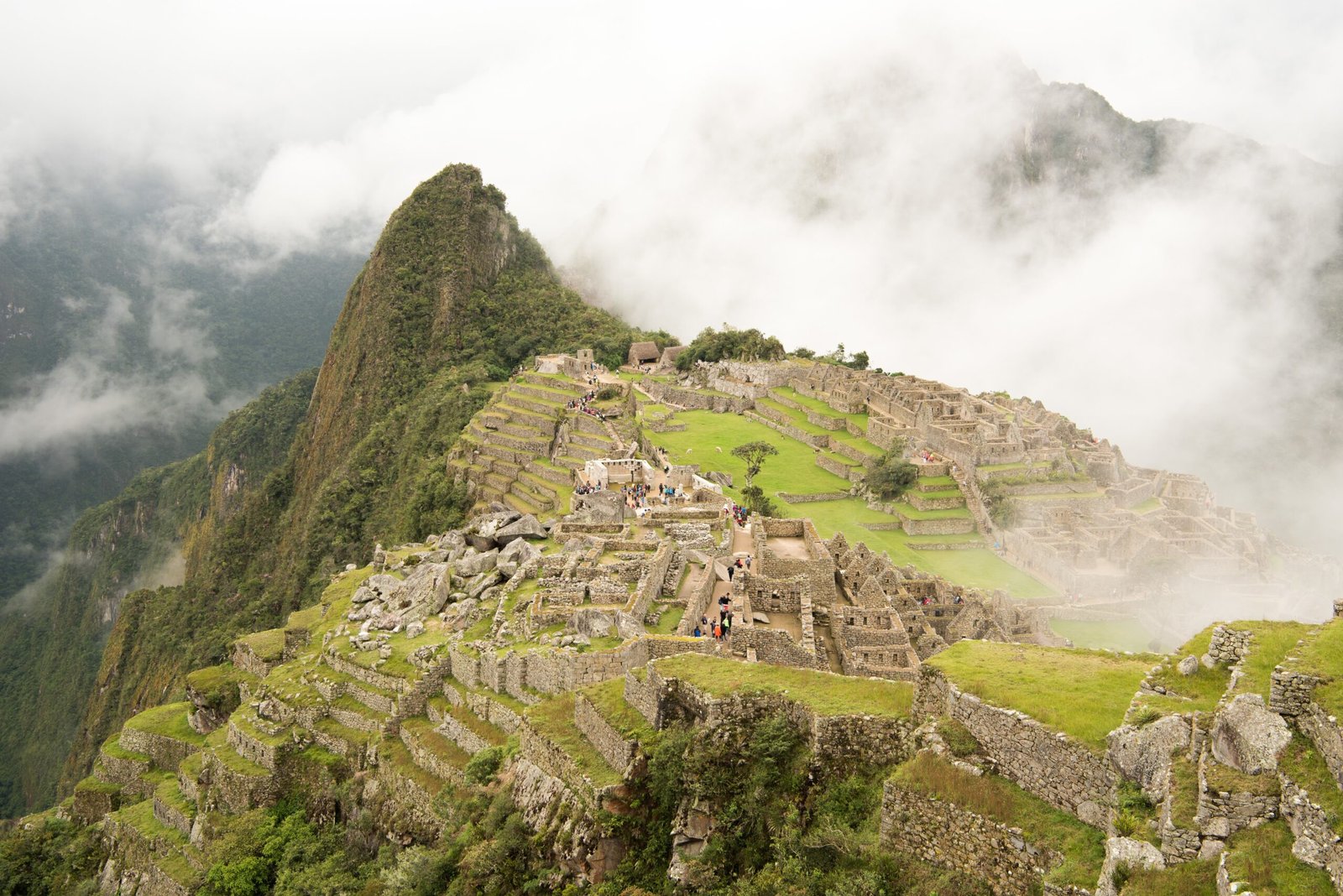
Here’s a practical day-to-day Machu Picchu plan for a 2–3 day trip:
| Day | Activities |
| Day 1 | Arrive in Cusco, acclimatize, explore local markets and culture. |
| Day 2 | Travel to Aguas Calientes via train, explore town, enjoy a Machu Picchu drink, prepare for early hike. |
| Day 3 | Sunrise hike to Sun Gate, climb Machu Picchu Mountain, explore terraces, temples, Machu Picchu stairs, and Machu Picchu attractions, capture Machu Picchu photo ideas. |
| Optional Day 4 | Inca Trail short trek or Huayna Picchu climb, additional photos, return to Cusco. |
Following this itinerary lets you see the citadel at multiple times of day, experience hikes of different lengths, and understand the vision of the Machu Picchu builder.
Things to Do in Machu Picchu Beyond Hiking
Beyond climbing and walking terraces, there’s so much more to enjoy:
- Photography adventures: Focus on light, angles, and shadows — perfect for Machu Picchu photo ideas.
- Temple exploration: Visit the Temple of the Sun, Room of the Three Windows, and Intihuatana Stone.
- Cultural immersion: Learn about the Inca rituals and agricultural techniques preserved in terraces.
- Relaxation & Reflection: Sit on a ledge, sip a Machu Picchu drink, and take in the panorama.
These experiences connect visitors to the spirit of the ancient builders of Machu Picchu and make each visit personal and unforgettable.
Reflections on Climbing and Exploring
Walking the Machu Picchu stairs, climbing mountains, and exploring temples is physically demanding but deeply rewarding. Standing atop the terraces, I felt a connection with history and nature simultaneously.
The ancient builder of Machu Picchu designed a city in perfect harmony with its surroundings. I marveled at the Machu Picchu stairs, the Machu Picchu pyramid, and the terraces, understanding how architecture, agriculture, and spirituality coexisted seamlessly.
Every visitor experiences this city differently — some marvel at the engineering, others at the scenery, but all feel the weight and inspiration of centuries.
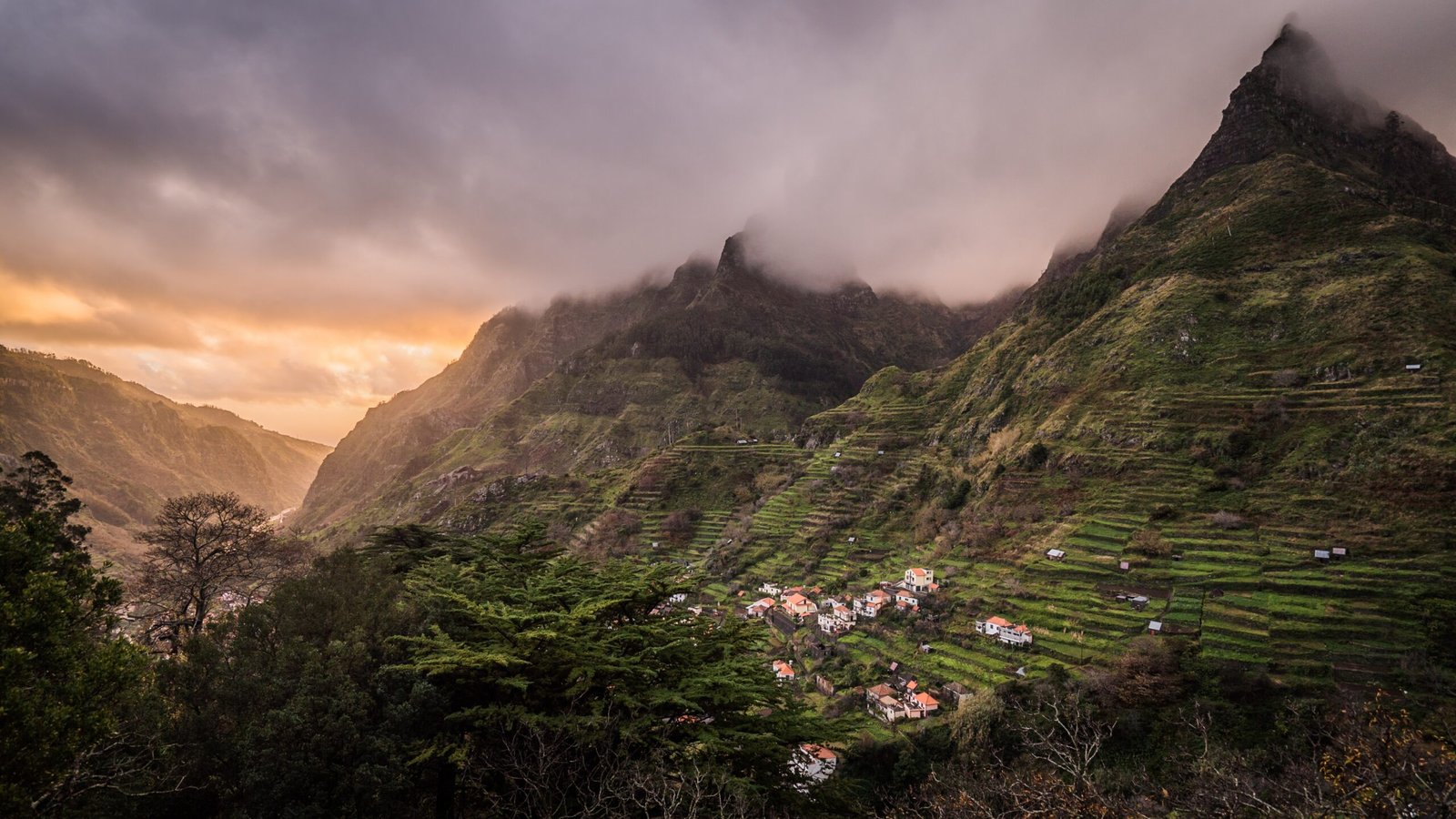
Machu Picchu Photo Ideas & Tips
To truly capture the essence of Machu Picchu, consider these tips:
- Sunrise at Sun Gate: Mist and light create mystical effects.
- Terraces from above: From Machu Picchu Mountain or Huayna Picchu.
- Temples and pyramids: Capture the alignment with sunlight.
- Llamas and local flora: Add life and scale.
- Dynamic angles: Include Machu Picchu stairs in the foreground.
Photography becomes more than a hobby here — it’s a way to honor the vision of the Machu Picchu builder.
Weather & Hiking Preparedness
Understanding the Machu Picchu weather by month and planning your hikes accordingly is key:
- Bring waterproof clothing for rainy months.
- Hydrate well to prevent Machu Picchu altitude sickness.
- Wear proper hiking shoes for uneven Machu Picchu stairs.
- Carry snacks and a Machu Picchu drink for energy.
Preparedness enhances your exploration of Machu Picchu attractions, whether it’s the terraces, temples, or mountain climbs.
Walking in the Footsteps of the Ancient Builder
Machu Picchu is more than a destination — it’s a journey through time. From planning your route on a Peru Machu Picchu map, understanding how far is Machu Picchu from Lima, to climbing the Machu Picchu stairs and sipping a local Machu Picchu drink, every moment connects you to the vision of the Machu Picchu builder.
The terraces, temples, and Machu Picchu pyramid aren’t just ruins — they’re proof of human ingenuity, resilience, and artistry. Walking among them, you feel the pulse of history, the rhythm of nature, and the inspiration of a city built to endure forever.
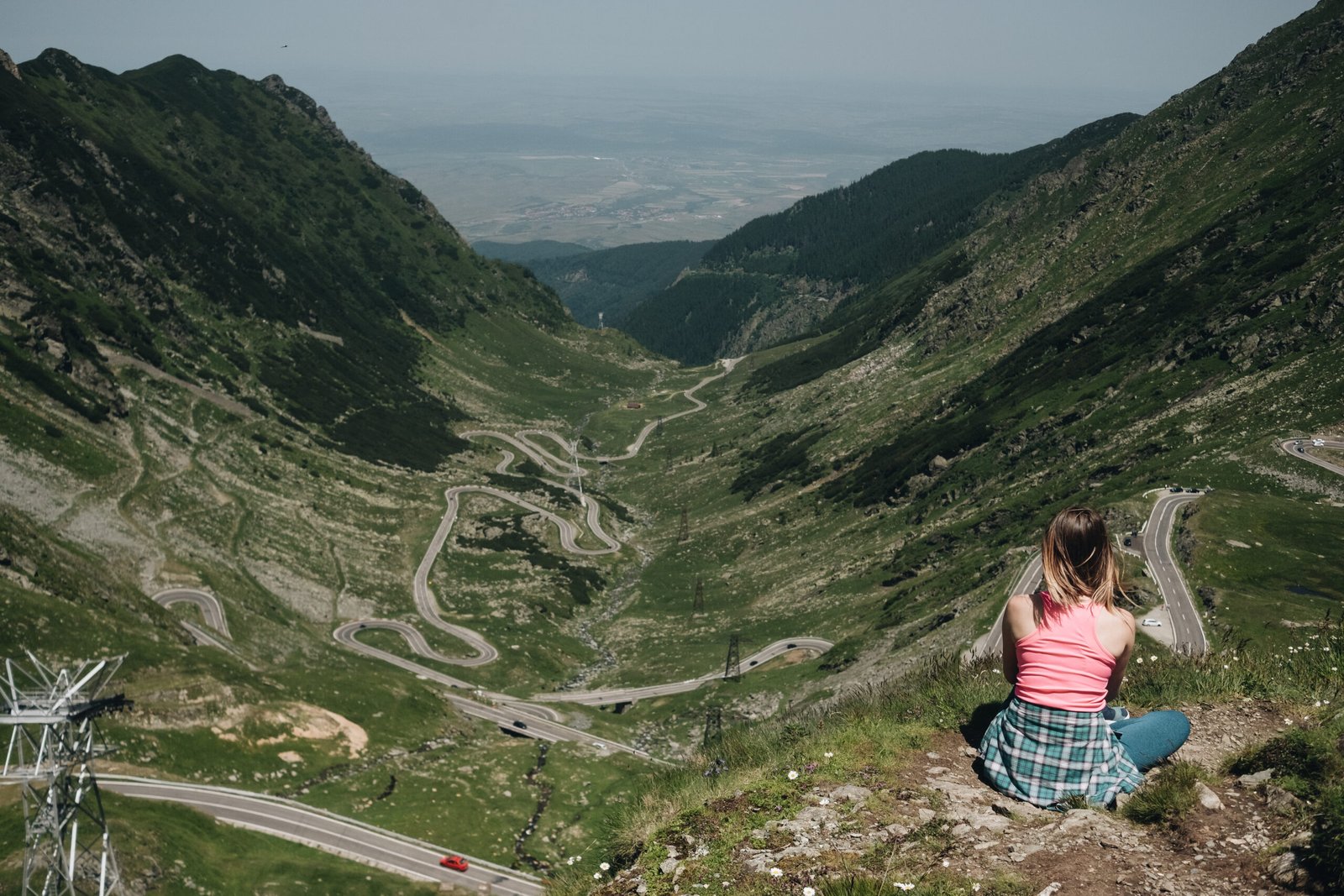
For anyone planning to experience Machu Picchu, remember: it’s not just about reaching the top or taking photos. It’s about understanding the harmony between humans and mountains, past and present, and nature and architecture. The ancient builder of Machu Picchu created a legacy that invites every visitor to become part of its story.